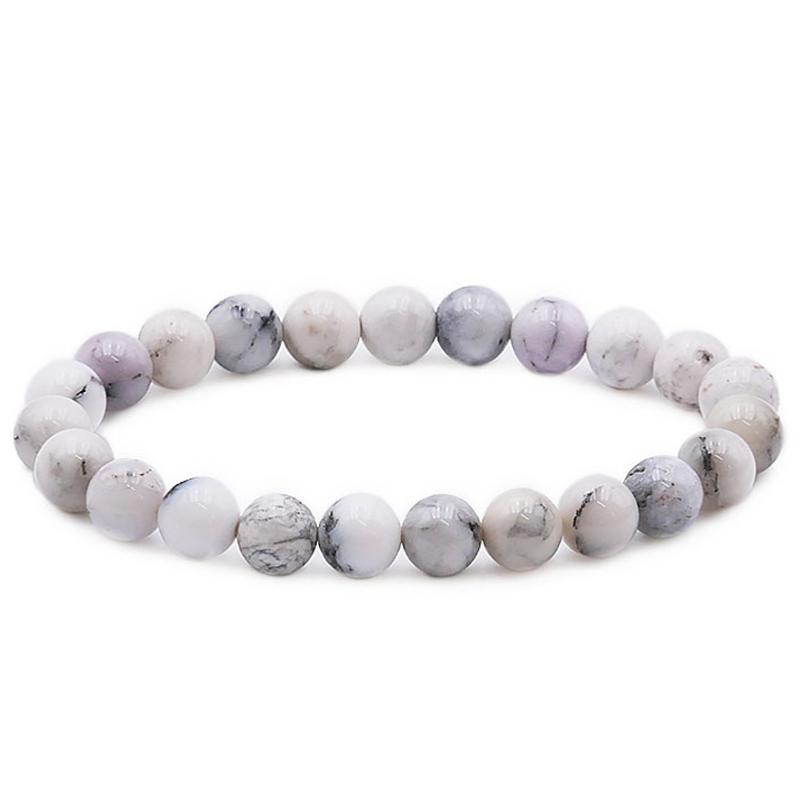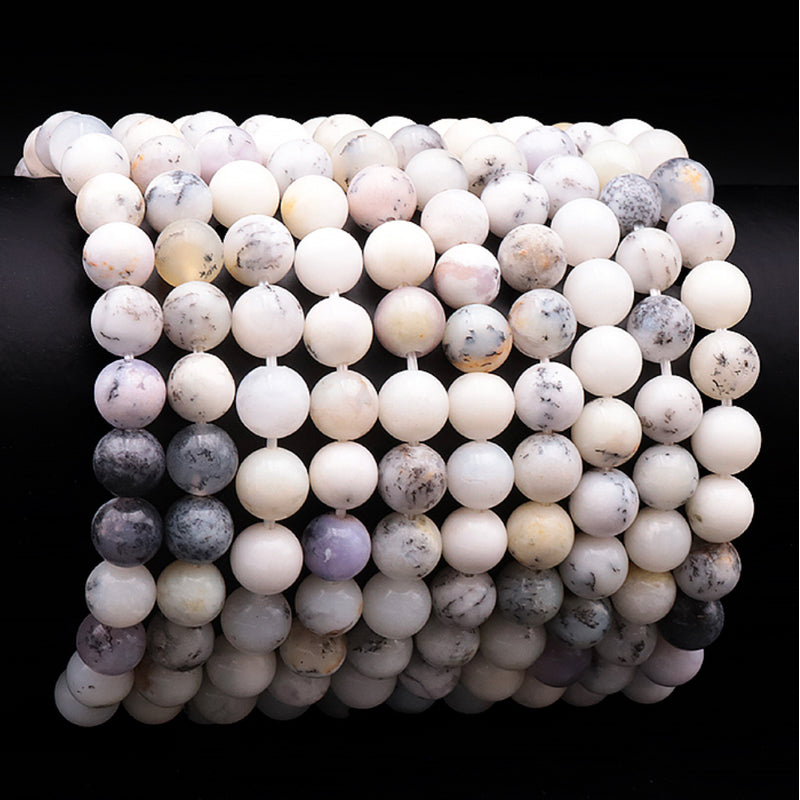1
/
of
2
United States A dentrite opal bracelet (7-8mm balls)
BRA-OPAD-02
8c984efa-30a8-5524-41cc-ae7b332135e6
028d80eb-2b30-41d4-b221-bda49eca04cf
- Regular price
-
24,90 € - Regular price
-
- Sale price
-
24,90 €
Tax included.
Shipping calculated at checkout.
Couldn't load pickup availability
Learn more
BRA-OPAD-02
Origin: United States
Grade: A
Dimensions:
Approx 17-18cm - Fits all wrists with a size of 16-18cm
Weight:
About 15g
Bracelet made of 7-8mm dentrite opal balls.
Colors and patterns may vary from one bracelet to another.
Origin:
UNITED STATES
Grade:
A = good
Bracelet made of 7-8mm dentrite opal balls.
Colors and patterns may vary from one bracelet to another.
Discover the characteristics of the stone in our dedicated section here:
Features
Color :
- White
Astrological sign:
Stone Type:
- Ball Stones
Age :
- Adults
Gender :
- Unisex



United States A dentrite opal bracelet (7-8mm balls)
- Regular price
-
24,90 € - Regular price
-
- Sale price
-
24,90 €
8c984efa-30a8-5524-41cc-ae7b332135e6
028d80eb-2b30-41d4-b221-bda49eca04cf
-
100% SECURE PAYMENT
Paypal, credit card, check, transfer
-
FREE DELIVERY
from 40€ purchase
-
SATISFIED OR REFUNDED
14 days to change your mind
-
CUSTOMER SERVICE AVAILABLE
contact@laboiteacailloux.com
Subscribe to our newsletter
to receive all our offers, good deals and new products from La Boite à Cailloux




